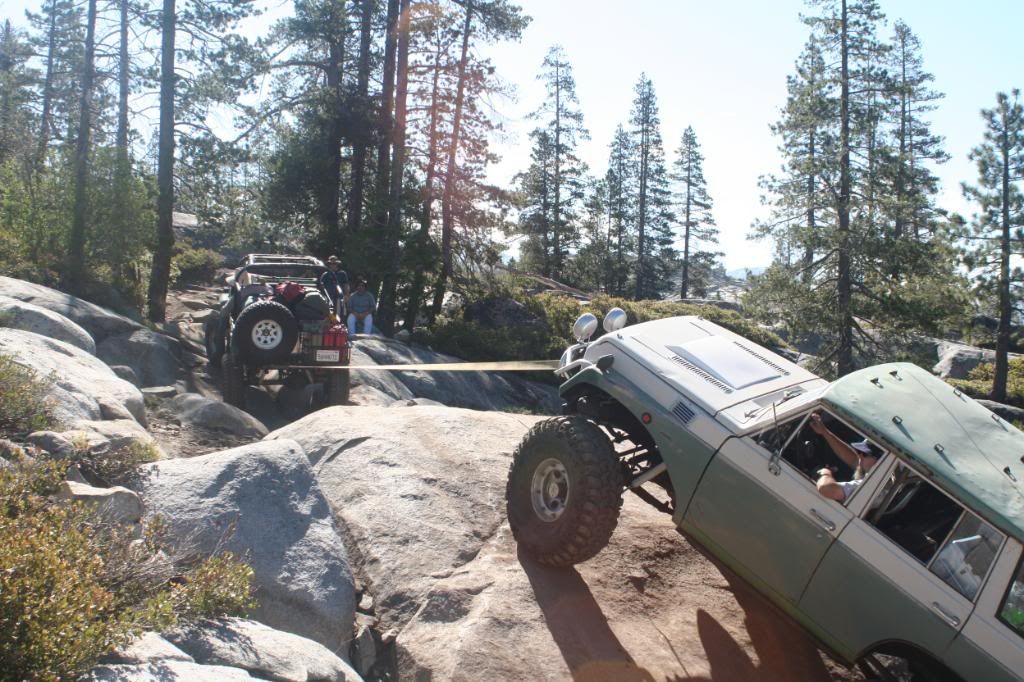1-I think it's really cool that MasterPull is here on this thread. props, because I'm sure some bashing will/has occurred.
2-I have used one of those super yankers that belonged to a friend (to pull his FJ40). they are the real deal and I wish I had one. I also have a couple of recovery straps, and the stretch in the yanker is better and feels like less of a shock load when brought quickly into tension.
3-Say what you will, but it seems like no recovery is perfect and bends the "rules" a bit. I can remember one where my winch was pulling on a strap, shackled to another strap, shackled to a chain, attached to a bumper recovery point. It was all we could do at the time, and the choice was leaving an 80 series sunk in the snow for the rest of the winter. It's nice to theorize about what should be done, but it seems like some carefully considered improvisation always happens. In a perfect world, you'd always pull with your winch in a nice safe and slow manner, with the winch aligned and spooled perfectly, and attached to recovery point that cannot be broken. Lacking that, straps or the super yanker is a nice solution.

2-I have used one of those super yankers that belonged to a friend (to pull his FJ40). they are the real deal and I wish I had one. I also have a couple of recovery straps, and the stretch in the yanker is better and feels like less of a shock load when brought quickly into tension.
3-Say what you will, but it seems like no recovery is perfect and bends the "rules" a bit. I can remember one where my winch was pulling on a strap, shackled to another strap, shackled to a chain, attached to a bumper recovery point. It was all we could do at the time, and the choice was leaving an 80 series sunk in the snow for the rest of the winter. It's nice to theorize about what should be done, but it seems like some carefully considered improvisation always happens. In a perfect world, you'd always pull with your winch in a nice safe and slow manner, with the winch aligned and spooled perfectly, and attached to recovery point that cannot be broken. Lacking that, straps or the super yanker is a nice solution.

